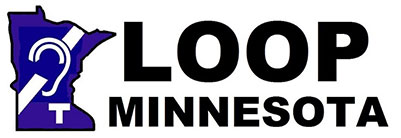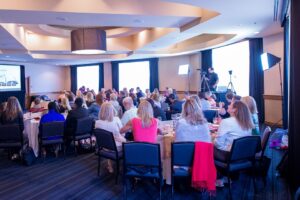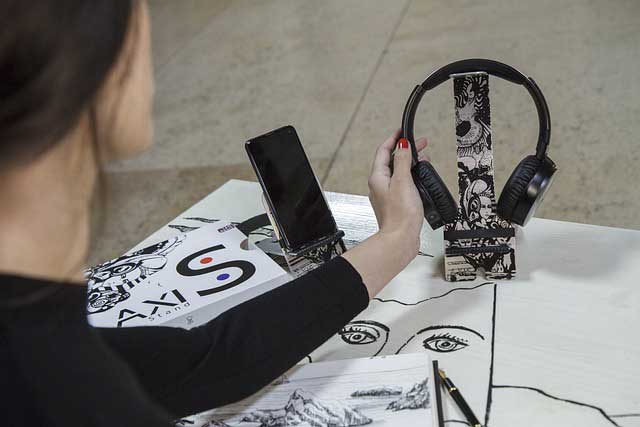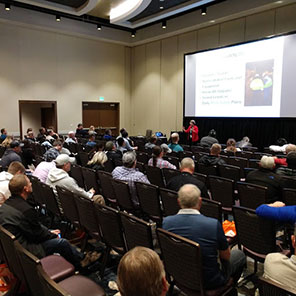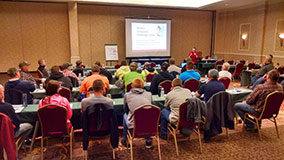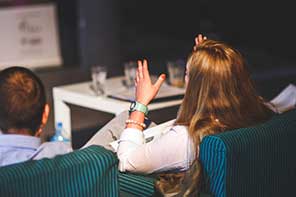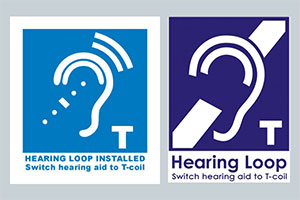Hearing loops make businesses and venues accessible to customers and visitors with hearing loss who have teleoils in their hearing aids or cochlear implants.
After the successful installation of a hearing loop, the next important step is to train staff and volunteers in the use of the loop. Such training is usually done by the loop installer at the completion of the project but before the loop is put into service. Ask the installer to provide a list of trouble-shooting questions-and-answers, just in case that there might be an issue.
By the way, who will be your on-site company or venue loop expert or guru?
Staff and volunteer training should cover the following items:
- recognize the loop sign and be able to answer basic questions
- know the purpose of the loop and how it helps the business & clients
- have a simple explanation for how the loop works
- know when the loop is in service – around the clock or only at times? If it is activated on request or as needed, know how to turn it on
- know how the loop interacts with the PA system and with other audio-visual equipment
- know about other accessories, such as loop listeners for those who do not have telecoils in their hearing aids. These are used with light headsets. Those items require some maintenance such as battery and ear pad replacements and wiping the units after use.
- know where these accessories are kept
- know whom to call if there is a problem with the loop or with the accessories
Note: A new loop monitoring sign is now available that indicates whether the loop is on, off or has signal issues. Older loops may not have these. Check with your installer if a retrofit is possible.
In the end…
Loops are only effective if they are correctly designed and installed, if the customers know that they are available and if the staff and volunteers are trained in their use.
For more information, please contact us.
****
Note: Any links to websites or mention of products or technology are for information and illustration only. Loop Minnesota does not favor or endorse one brand, manufacturer or distributor over others.
